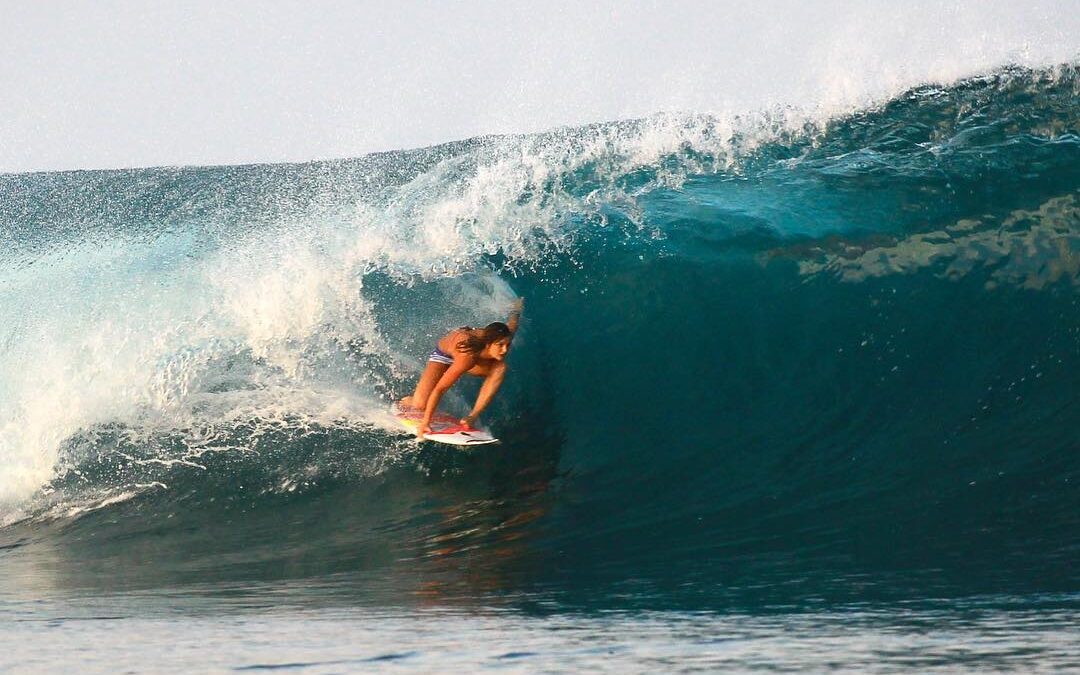Surfers in the past generally have not focused on specific strength and conditioning for their sport, with the misperceived idea that strength training will add unnecessary bulk and muscle tightness while restricting their movement and fluidity in the water.
Do Not Fear The Bulk
Building substantial muscle mass, like that seen in competitive bodybuilders, strongmen, or powerlifters, requires specific training intensities and volumes. Surfers, however, typically aim for a different outcome from strength training, focusing on enhancing relative strength, power, agility, stability, and endurance akin to gymnasts. This approach prioritizes functional strength without unnecessary bulk, aligning more closely with the athletic demands of surfing.
Consider What Framework You Are Starting With
If you’re already athletically strong and well-balanced, your gym time may not need to be extensive. However, it’s becoming increasingly uncommon to encounter individuals without some form of posture issues due to prolonged computer use, desk work, driving, or smartphone usage, resulting in forward head posture, hunched upper backs, or rounded shoulders. Even recreational surfers can find themselves vulnerable to injury if their bodies aren’t adequately prepared for the physical demands of extended surfing sessions, especially if they lead sedentary or stress-filled lives otherwise. A structured strength training regimen can help establish a foundation of stability, endurance, strength, and power, complemented by mobility and flexibility exercises, offering significant benefits for overall physical preparedness.
Strength Demands of Surfing: Exploring Key Requirements
1) Powerful paddling out to the back (strength and strength endurance) – upper back, lats, shoulders, lower back, neck, rotator cuff stability/strength endurance, glutes.
2) Powerful paddling to catch the wave (speed strength, power). Same muscles as above.
3) Powerful jump to the feet (speed strength, power) – triceps, pecs, hip flexors, abdominals .
4) Maintaining a crouched position (strength endurance, balance) and resisting balance perturbations (stability, balance, fast reactions) – quads, glutes, hamstrings, lower back, obliques, abdominals.
5) Core strength. Your core muscles, (rectus abdominis, erector spinae, multifidus, internal/external obliques, transverse abdominis, hip flexors) are where all movement begins and must work in unison to keep you stable and steady as you paddle and stand-up on the wave.
Congugate Periodisation
A surfer requires speed strength for short bursts of power as well as strength endurance for longer paddles and maintaining a strong position during the ride. A surfing strength and conditioning program could involve 2-3 sessions per week of specific work to build a stronger, faster, fitter body to support surfing demands. I would typically recommend one strength endurance session, one speed strength session (fast/explosive movements) and one conditioning session, plus loads of stretching and mobility work.
Although surfing does not require a great deal of weight to be lifted, I would mix in some maximal lifting in their program to stimulate the higher threshold, fast-twitch fibres (1-5reps) perhaps once per month for strength and power development. If time was limiting however, and the surfer is already pretty strong, maximal lifting would be the first training session to eliminate, and it would be more important to maintain speed work, conditioning and flexibility/mobility work. There would be no fear of maximal lift training leading to muscle bulk or restricted range of motion since the training would be quite infrequent. The strength benefit it would have on the surfer would be well worth including for stronger surfing.
I would recommend one strength endurance session per week using high rep ranges 15-30rep. Perform in a circuit with no rest between exercises. Choose exercises that are specific to surfing endurance requirements, such as strengthening the paddling muscles – back extensors, lats, RC stability/strength, quads and glutes to protect lower back (strength endurance).
Reactive balance work can be incorporated into a warm-up, such as standing on an Indo board or kneeling on a swiss ball with a medicine ball catch/pass drill, or can be included right at the end for a final challenge before finishing the workout. Take care not to overdo these exercises since they are neurally demanding.
I would also recommend one speed strength session per week. Perform 1-3 main exercises with speed (eg. speed squats, power clean), followed by less complex dynamic exercises (eg. Medicine ball throws/slams, kneeling jumps to feet, plyometric pull-ups) and finishing with supplementary work and accessory work/stability and reactive balance. Keep session to 45 minutes after warm-up.
Get the body stronger and more balanced and your surfing will improve dramatically. Take care not to overtrain and seek the guidance of a coach to learn the basics and go beyond depending on how serious you are with your surfing.
